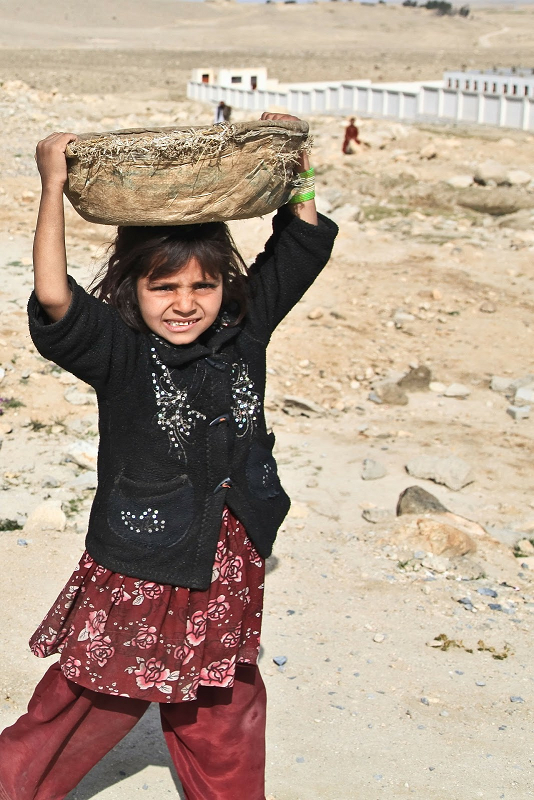By Timothy Ryan*
An African proverb says that it takes a village to raise a child, but one can also say that it takes the whole world to protect one child. Children today are faced with increasing challenges. When children should be playing, studying and enjoying their short yet foundational period of childhood they are instead subjected to exploitation, violence, hunger and various forms of slavery. The international community for decades has been making efforts to reduce inequalities and injustice for children, with the Sustainable Development Goals (SDG) being the most recent global goals that the world has committed to achieve.
The goal that is closest to my heart and has been the driving force for me and my organisation, Global March Against Child Labour is the SDG Target 8.7, which calls upon the world to end all forms of child labour by 2025. With only 5 years to achieve this compelling and challenging goal, today we are faced with yet another obstacle in our progress to end child labour – the COVID-19 pandemic which has brought the whole world to its knees.
When I first became the Chair of the Global March Against Child Labour in 2017, my hope and enthusiasm were spurred by the assurance that together as a world, we would be able to achieve the task of ending child labour by the year 2025. However, with the COVID-19 pandemic now accelerating again, I’m saddened to witness an unforeseen reversal in the progress made so far in our fight against child labour. I’m grateful that the Global March’s Board voiced its support to re-elect me in 2020 as the Chair of the world’s foremost organisation fighting to end child labour at a time when all our efforts to address this scourge must be re-doubled.

COVID-19 therefore is just another stumbling block in our struggle to bring all children to school and eliminate child labour. We still have 152 million reasons not to get bogged down, to continue pressing forward and to stand up for each of the 152 million children being exploited in labour and hazardous conditions. Now is the time that we as an international community – the national leader, the district authority, the businessman, the trade union activist, the civil society member, the community representative – all come together to do our bit to ensure every child is able to enjoy his or her childhood and not let it slip away. This is the time for collective action – from moving beyond lengthy commitments and glorious speeches, to targeted, time-bound and measurable efforts, at the global, regional and local levels.
The Global March recently carried out a survey on COVID-19 and child labour with 40 of its civil society members from Asia, Africa and Latin America. The survey confirmed our fears, revealing that the world is likely to face an increase in child labour across sectors not only in the agriculture sector which is the largest employer of child labour, but also in the service sector, which will equally face an unprecedented rise in the number of working children. Girls who already face the double burden of school and household chores are predicted to be worst affected, pushing them out of school, very possibly never to return. Survey findings like these can instil a great uncertainty and concern, but this gives us yet another reason not to be daunted by the obstacles we all face in eliminating child labour.

The ILO is scheduled to issue a new Global Estimate on Child Labour next year. Whatever the numbers may be, history and this moment demand that the year 2021 is the crucial year of serious, concerted action against child labour and not just a feel-good commemoration of work already done.
At this critical moment, on behalf of the Global March members around the world, I call upon the international community to not only keep the focus on child labour alive but to breathe new life into this effort. We urge the governments to continue investing at least 6% of their GDP in children’s education and provide vulnerable families and their children with social protection. Governments must also continue taking necessary measures to ensure continuity of education for children especially in rural areas, through remote or physical means (as per COVID-19 conditions). All stakeholders must also ensure children involved in child labour in agriculture and the service sector are protected and given their due rights to access to education. Even in normal times it is unconscionable for children to be so exploited; now in the midst of the COVID pandemic, this crisis should never be used to justify existing or increasing child labour.
This moment in time is a test for all of us. When we look back we will want to say we took measure of the daunting task in 2021 to accelerate the elimination of child labour and committed ourselves to use every avenue and tool at hand to do so.
—
*Timothy Ryan is the Chairperson of the Global March Against Child Labour and the Asia Regional Program Director for Solidarity Center based in Washington D.C, USA. He is an expert in programmes and advocacy to combat child labour, labour law reform, migrant workers’ issues and trade union activism, organisation and advocacy
Source: https://counterview.org/2020/11/25/152-million-reasons-to-end-child-labour-by-year-2025/

